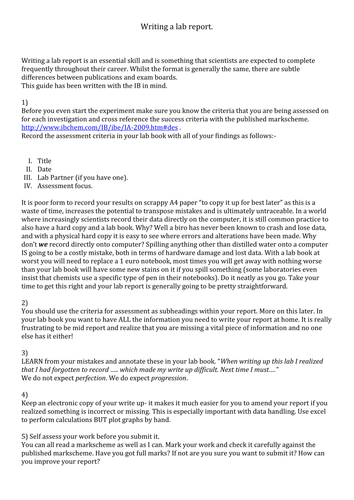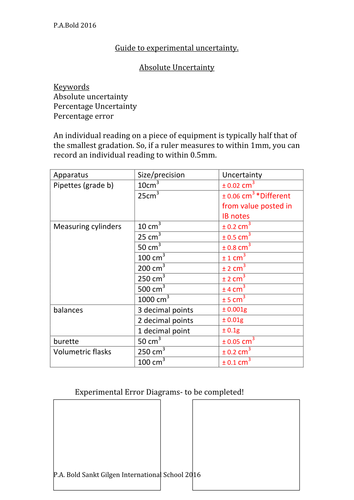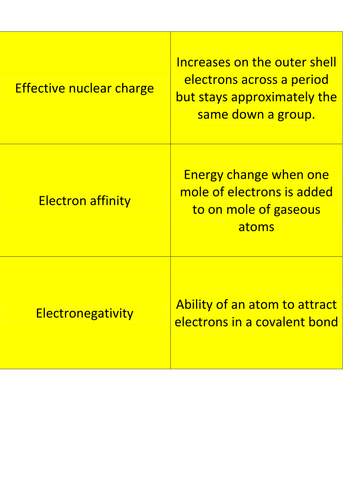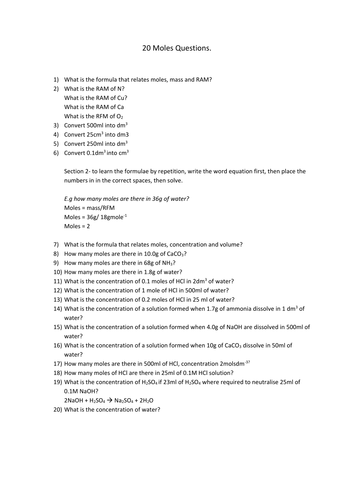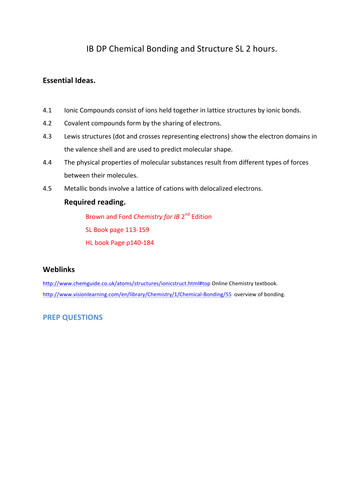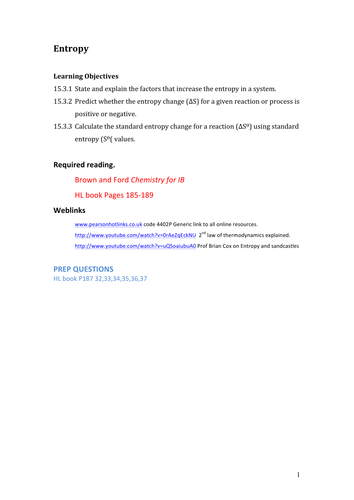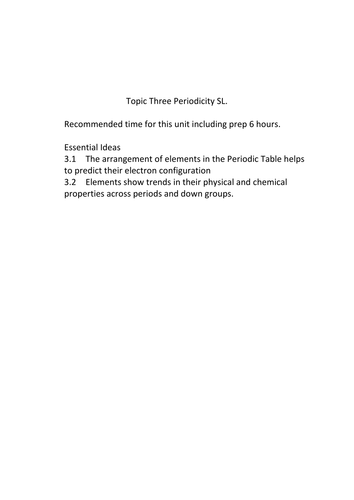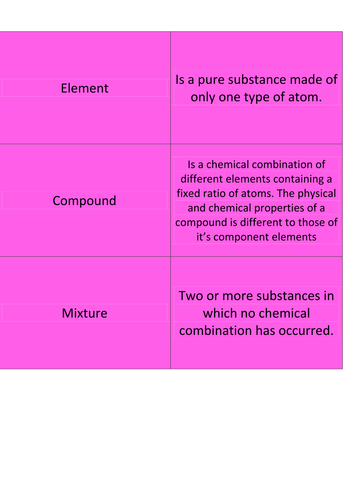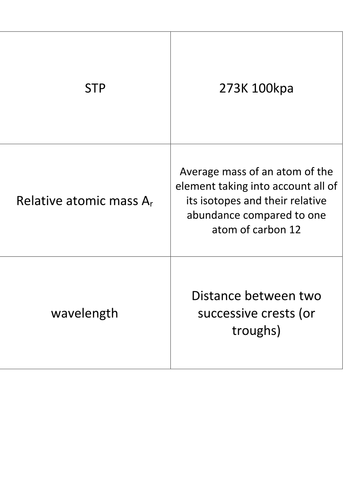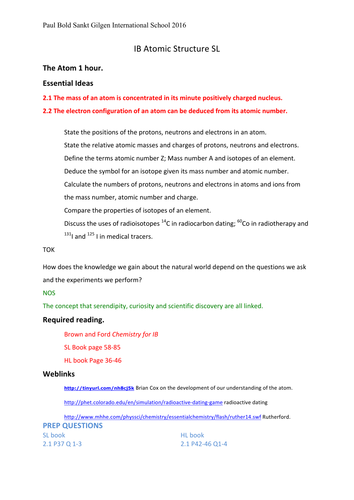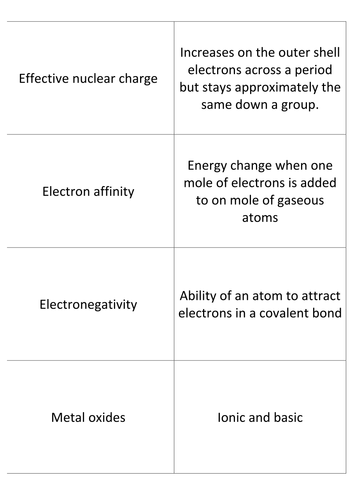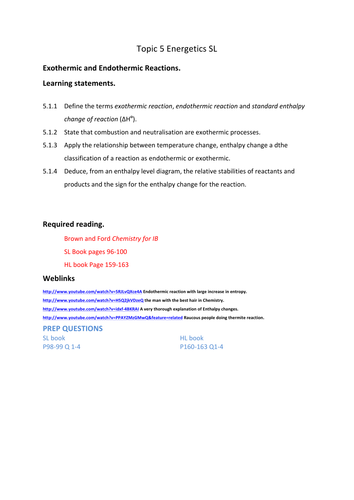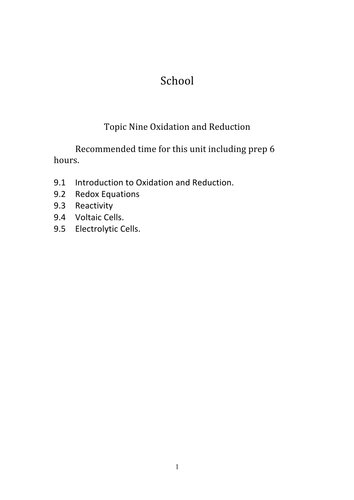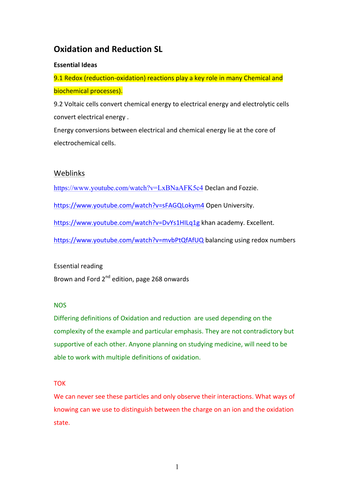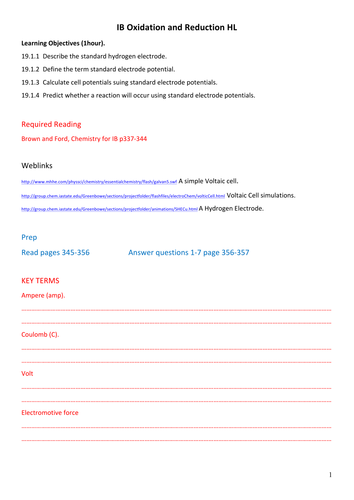Pablo Boldetti's Shop
All of my resources are priced at the minimum allowed by TES, they aren't trendy or earth shattering, they are a backbone to build the finesse onto, or, if it's period 7 on a Friday, you've got 300 reports still to write, a dozen UCAS references AND you need to set cover for a colleague who's sneezed twice and is off all week, they will serve well enough at an advanced FOFO level.


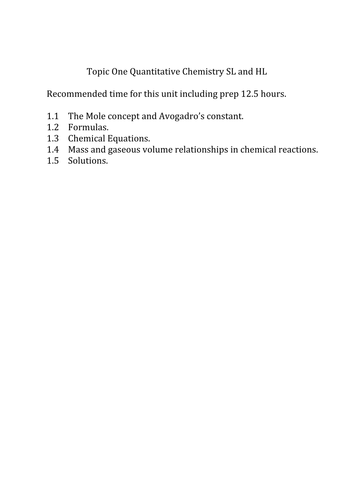

![Graph pH Curves and proof- [H+] calculated for strong acid strong base titration.](https://dryuc24b85zbr.cloudfront.net/tes/resources/12863291/image?width=500&height=500&version=1687331401681)
